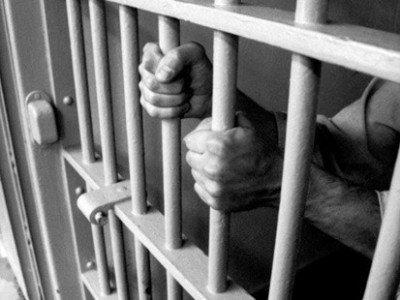- Banned
- #1
land of the free ...
http://benswann.com/the-prison-stat...opulation-but-25-of-worlds-prison-population/
washington D.C.- Few Americans understand our prison system.
Even fewer realize that within the walls of prisons across American an entire workforce has been developed. One that works for third world wages and actually accrues massive amounts of debt forced upon it by the privatization of prisons. That debt can actually sent people back to prison after they have served their time.
Author and journalist Chris Hedges has recently completed an eye opening investigation into America’s prison system. Ben Swann interviews Hedges about his report and what people need to know about an increasingly cruel system that has become less about justice and more about the exploitation of people.
http://benswann.com/the-prison-stat...opulation-but-25-of-worlds-prison-population/
washington D.C.- Few Americans understand our prison system.
Even fewer realize that within the walls of prisons across American an entire workforce has been developed. One that works for third world wages and actually accrues massive amounts of debt forced upon it by the privatization of prisons. That debt can actually sent people back to prison after they have served their time.
Author and journalist Chris Hedges has recently completed an eye opening investigation into America’s prison system. Ben Swann interviews Hedges about his report and what people need to know about an increasingly cruel system that has become less about justice and more about the exploitation of people.


